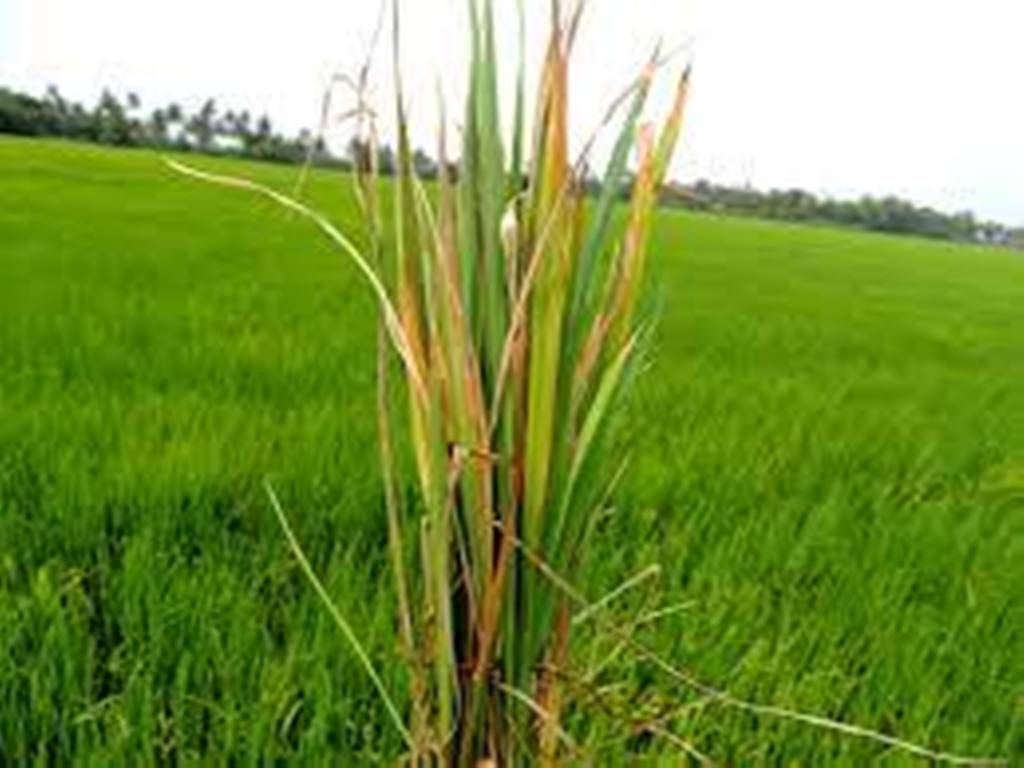
നെല്ലിനെ ബാധിക്കുന്ന പ്രധാന ബാക്ടീരിയല് രോഗങ്ങള് താഴെ പറയുന്നവയാണ്
-
ഓല കരിച്ചില് (Bacterial leaf blight)
ക്രസക്(വാട്ടം) ,ഓല കരിച്ചില്,മഞ്ഞളിപ്പ് എന്നിവയാണ് ലക്ഷണങ്ങള്. പറിച്ചുനട്ട് രണ്ടുമൂന്നാഴ്ചക്കുള്ളിലാണ് ക്രസക് അഥവാ വാട്ടലക്ഷണം കാണുക. ആരംഭദശയില് പുറമെയുള്ള ഇലകള് വാടി അഴുകി വെള്ളത്തില് പാറിനടക്കുന്നത് കാണാം. പിന്നീട് ചെടികള് മഞ്ഞളിക്കുകയും മുഴുവനായി വാടി അഴുകി പോവുകയും ചെയ്യും. ക്രസക് ബാധിച്ച ചെടികളുടെ നാമ്പ് വലിച്ചാല് ഊരിപ്പോരില്ല. എന്നാല് തണ്ടുതുരപ്പന്റെ ആക്രമണമാണെങ്കില് ഊരിപ്പോരും.
ഓല കരിച്ചിലും മഞ്ഞളിപ്പും സാധാരണയായി ജൂലൈ-ആഗസ്റ്റ് മാസങ്ങളിലാണ് പ്രത്യക്ഷപ്പെടുന്നത്. കൊടിയോലപ്രായം മുതലാണ് രോഗബാധ കൂടുതല് കാണുന്നത്. ഇലയുടെ അറ്റത്തുനിന്നും തുടങ്ങുന്ന മഞ്ഞളിപ്പാണ് ഓലകരിച്ചിലിന്റെ പ്രാരംഭലക്ഷണം. ഈ മഞ്ഞളിപ്പ് ഇരുവശങ്ങളിലൂടെ താഴേക്ക് വ്യാപിക്കുകയും ക്രമേണ ഓല മുഴുവന് കരിയുകയും ചെയ്യും. വിത്തിലൂടെയും വെള്ളത്തിലൂടെയുമാണ് രോഗസംക്രമണം നടക്കുക. മഴയും ചെറിയ കാറ്റും താഴ്ന്ന താപനിലയും (22-26 ഡിഗ്രി) രോഗവര്ദ്ധനവിന് അനുകൂല ഘടകങ്ങളാണ്. ഇലകളിലുള്ള സൂക്ഷ്മരന്ധ്രങ്ങളിലൂടെയും ഇലകളിലും വേരുകളിലുമുണ്ടാകുന്ന മുറിവുകളിലൂടെയും ബാക്ടീരിയ ചെടികളില് പ്രവേശിക്കുന്നു. പറിച്ചു നടുമ്പോള് ഞാറിന്റെ തലപ്പ് മുറിക്കുന്നതും മണ്ണ് പോകാന് വേണ്ടി കട തല്ലുന്നതും രോഗബാധക്ക് ഇടയാക്കും. ഊസ് പരിശോധന വഴി നെല്ചെടികളെ ബാധിച്ചിരിക്കുന്നത് ബാക്ടീരിയല് ഇലകരിച്ചില് രോഗമാണോ എന്ന് സ്ഥിരീകരിക്കാം. പരിശോധന രീതി ഇങ്ങിനെയാണ്. രോഗം ബാധിച്ച നെല്ചെടി ചുവടെ മുറിച്ച് വെള്ളം നിറച്ച ചില്ലുഗ്ലാസില് കുറച്ചു നിമിഷത്തേക്ക് മുക്കിപ്പിടിക്കുക. പാലുപോലെ നേര്ത്ത ദ്രാവകം ഊറി വരുന്നുണ്ടെങ്കില് ബാക്ടീരിയല് ഓലകരിച്ചിലാണ് എന്നുറപ്പാക്കാം.
20 ഗ്രാം പച്ചച്ചാണകം ഒരു ലിറ്റര് വെളളത്തില് കലക്കിയ ലായനിയുടെ തെളി തളിക്കുന്നത് ബാക്ടീരിയല് കരിച്ചിലിന് നല്ലതാണ്. ക്രസക് ഘട്ടത്തില് ഹെക്ടറിന് 5 കി.ഗ്രാം എന്ന തോതില് ബ്ലീച്ചിംഗ് പൗഡര് വെളളച്ചാലുകളില് കിഴികെട്ടിയിടുന്നതും രോഗം പകരാതിരിക്കാന് സഹായിക്കും. അന്തര്വ്യാപന ശേഷിയുളള ആന്റിബയോട്ടിക് സ്ട്രെപ്റ്റോസൈക്ലിന് ഹെക്ടറിന് 150 ഗ്രാം 300 ലി.വെള്ളത്തില് ചേര്ത്ത് പ്രയോഗിക്കുന്നത് ബാക്ടീരിയല് രോഗത്തിന് നല്ലതാണ്. പക്ഷെ പ്രയോഗിക്കുംമുന്നെ ഊസ് പരിശോധന നടത്തി ബാക്ടീരിയല് രോഗമാണെന്ന് ഉറപ്പുവരുത്തണം. കുലവാട്ടം തുടങ്ങിയ കുമിള് രോഗങ്ങള്ക്കെതിരെ പ്രയോഗിക്കുന്ന പൊടി രൂപത്തിലുള്ള സ്യൂഡൊമോണാസ് ഫ്ളൂറസെന്സും ബാക്ടീരിയയെ നിയന്ത്രിക്കും.
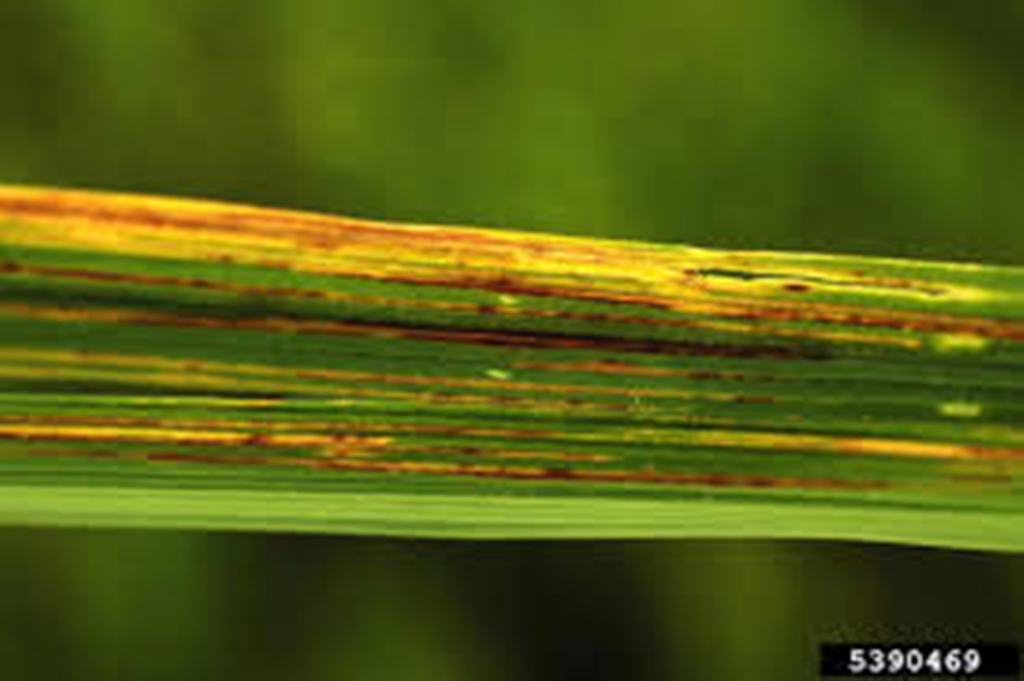
Bacterial blight is caused by Xanthomonas oryzae pv. oryzae. It causes wilting of seedlings and yellowing and drying of leaves.The disease is most likely to develop in areas that have weeds and stubbles of infected plants. It can occur in both tropical and temperate environments, particularly in irrigated and rainfed lowland areas. In general, the disease favors temperatures at 2534°C, with relative humidity above 70%.It is commonly observed when strong winds and continuous heavy rains occur, allowing the disease-causing bacteria to easily spread through ooze droplets on lesions of infected plants.Bacterial blight can be severe in susceptible rice varieties under high nitrogen fertilization.Check for wilting and yellowing of leaves, or wilting of seedlings (also called kresek).On seedlings, infected leaves turn grayish green and roll up. As the disease progresses, the leaves turn yellow to straw-colored and wilt, leading whole seedlings to dry up and die.Kresek on seedlings may sometimes be confused with early rice stem borer damage. To distinguish kresek symptoms from stem borer damage, squeeze the lower end of infected seedlings between the fingers. Kresek symptoms should show yellowish bacterial ooze coming out of the cut ends. Unlike plants infested with stem borer, rice plants with kresek are not easily pulled out from soil.
To quickly diagnose bacterial blight on leaf, cut a young lesion across and place in a transparent glass container with clear water.After a few minutes, hold the container against light and observe for thick or turbid liquid coming from the cut end of the leaf.Bacterial blight is one of the most serious diseases of rice. The earlier the disease occurs, the higher the yield loss.Yield loss due to bacterial blight can be as much as 70% when susceptible varieties are grown, in environments favorable to the disease.When plants are infected at booting stage, bacterial blight does not affect yield but results in poor quality grains and a high proportion of broken kernels.It can be managed by planting resistant varieties .Other disease control options include use balanced amounts of plant nutrients, especially nitrogen,by ensuring good drainage of fields (in conventionally flooded crops) and nurseries,by keeping fields clean, by removing weed hosts and plow under rice stubble, straw, rice ratoons and volunteer seedlings, which can serve as hosts of bacteria. Allow fallow fields to dry in order to suppress disease agents in the soil and plant residues.
2. ബാക്ടീരിയല് ലീഫ് സ്ട്രീക്ക് ( Bacterial leaf streak)
വളരെ നിസാരമായ തോതില് മാത്രം കാണുന്ന രോഗമാണിത്. നോല്ലോലകളില് ഇല ഞരമ്പിന് സമാന്തരമായി കാണുന്ന ചെറിയ നേര്ത്ത വരകളാണ് രോഗലക്ഷണം.
Bacterial leaf streak is caused by Xanthomonas oryzae pv. oryzicola.Infected plants show browning and drying of leaves. Under severe conditions, this could lead to reduced grain weight due to loss of photosynthetic area.It occurs in areas with high temperature and high humidity.
To prevent and effectively manage bacterial leaf streak, plant resistant varieties can be used. Treat seeds with hot water. Keep fields clean-remove weed hosts and plow under rice stubble, straw, rice ratoons, and volunteer seedlings, which may be infected by the bacteria. Use balanced amounts of plant nutrients, especially nitrogen. Ensure good drainage of fields (in conventionally flooded crops) and nurseries. Drain the field during severe flood. Dry the field during the fallow period to kill the bacteria in the soil and in plant residues. In cases of severe infection, when yield may be affected, a copper-based fungicide applied at heading can be effective in controlling the disease.
കതിര്വര്ണ്ണ മാറ്റ രോഗം
കാര്ബണ്ഡാസിം(12%) + മാങ്കോസെബ് (63%) ഹെക്ടറിന് 750 ഗ്രാം എന്ന തോതില് ചിനപ്പുപൊട്ടുന്ന സമയത്ത് തളിക്കുന്നത് കതിര്വര്ണ്ണമാറ്റ രോഗത്തെ നിയന്ത്രിക്കും.
For more details on Paddy cultivation -see Paddy cultivation-A to Z- Part - 1 to 8
നെല്കൃഷി- എ ടു ഇസഡ് - പാര്ട്ട് -1
നെല്കൃഷി- എ ടു ഇസഡ് - പാര്ട്ട് -2
നെല്കൃഷി- എ ടു ഇസഡ് - പാര്ട്ട് -3
നെല്കൃഷി- എ ടു ഇസഡ് - പാര്ട്ട് -4
നെല്കൃഷി- എ ടു ഇസഡ് - പാര്ട്ട് -5
നെല്കൃഷി- എ ടു ഇസഡ് - പാര്ട്ട് -6
നെല്കൃഷി- എ ടു ഇസഡ് - പാര്ട്ട് -7
നെല്കൃഷി- എ ടു ഇസഡ് - പാര്ട്ട് -8








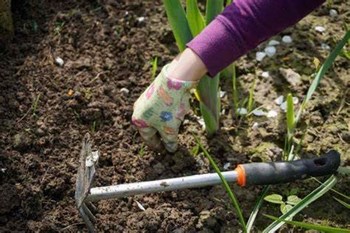



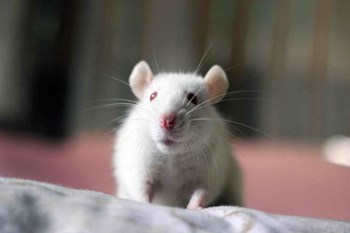
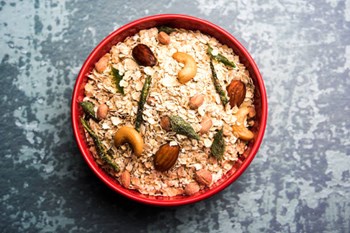











Share your comments